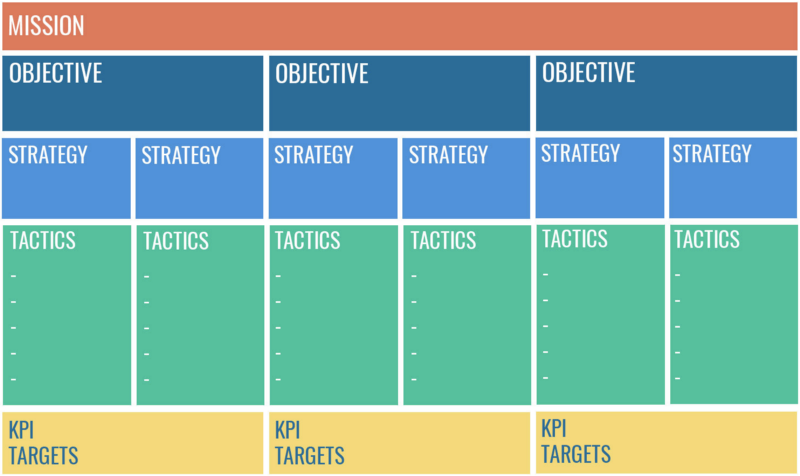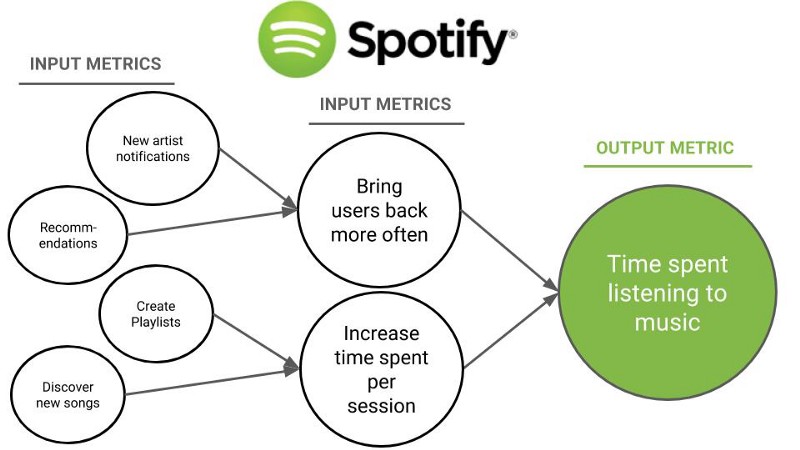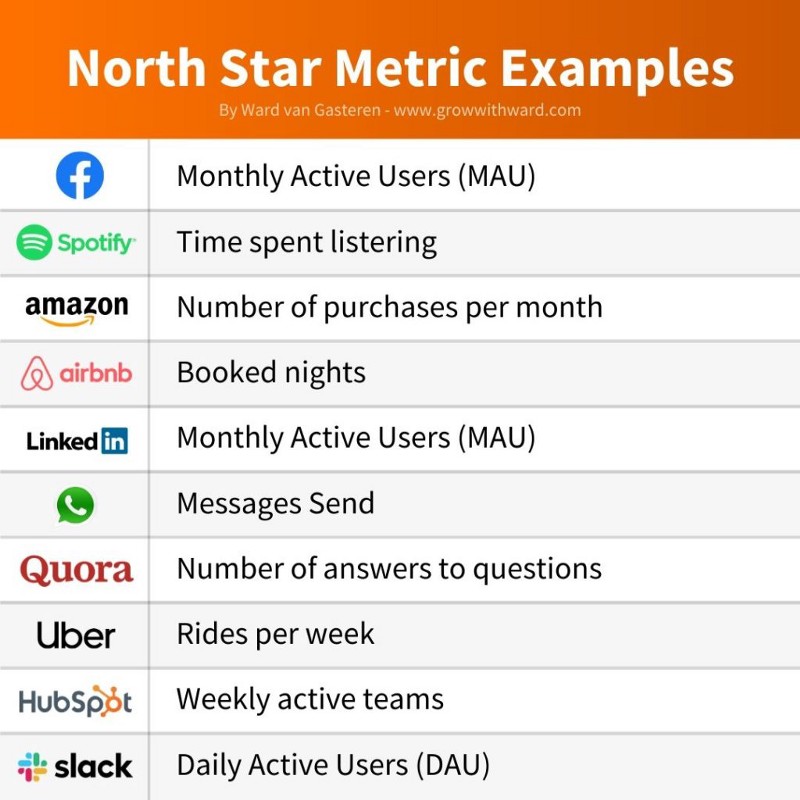
MOST Framework showing how missions, objectives, strategies and tactics play a part and come together
In my first story ‘User Experience is …’ I promised that …
"over the course of a few stories, I’ll try and cover a few of the sciences we draw upon in our art as a creative community to create engaging experiences."
After looking at the value good design brings to an organisation through many lenses from the good old roadmap to the use of experience visions, I’ve shared how design thinking needs to be evident in all conversations up and down an organisation’s leadership.

MOST Framework showing how missions, objectives, strategies and tactics play a part and come together
I’ve looked at how lean roadmapping and defining a good roadmap help to articulate the value of a product or service and how influencing product strategy and planning using product time horizons and game-changing experience visions can lead to better and more consistent outcomes for both the organisation and also the people using the products or services. Through sharing this I’ve looked at how this thinking can be shared amongst leadership teams, so they understand the perspective and support the thoughts within it by changing our language as part of digital transformation.
Providing value for both the person using the product or service and making the organisation’s investment worthwhile is at the heart of what UX designers have to constantly balance. At the start of the new financial year, when the focus shifts to reviewing and preparing investments for the next year, I’m reflecting on how we can support products, services and workstreams within this prioritisation and funding cycle. To make sure valuable products and services continue to be invested in, while continuing to show up and better serve the people using them.
There was a persistent challenge each year throughout the organisation I work with to prove value and prioritise different initiatives. Each year the organisation would set out its business priorities, which would evolve from either the previous year or revolve around new customer, market or technological insight.
At the same time different teams were trying to find consistant strategies to evolve their teams within the organisation, whilst these might not have been always sympathetic to the overall business outcome, they were empathetic towards the discipline they were working in, to improve the team to add more value to the business and to find a measure or explanation for how their team was getting ‘better’.
Each year departments and teams would struggle to understand the business priorities, how they related to them and how their work added value. There was a disconnect which only grew greater the further down the organisation you went. Proving value exacerbated this and there wasn’t a clear correlation between the work being done and the outcome the business wanted.
This probably sounds familiar, right? This was an annual challenge that slowed people down. So we decided to focus on this and try something different. We embarked on using the North Star Framework in order to provide direction towards the business outcomes, highlighting and tracking value easier and make prioritisation simpler.
The idea of managing by a North Star is not new. Many methodologies promote focus with a small set of related metrics and a compelling “True North.” In the early 2010s, Sean Ellis and the growth hacking movement helped popularised the structure of the North Star. We have used this framework ourselves and here is what we’ve learned.

A north star metric is the key measure of success for the product team in a organisation. It defines the relationship between the customer problems that the product team is trying to solve and the revenue that the business aims to generate by doing so.
This serves three critical purposes in any organisation:
In most organisations, product teams are measured by how much they ship, not on the impact they have on the business. Without an impact driven culture in product, you can’t influence the destiny of your business. Without a North Star, you can’t have a product-led organisation.
The heart of the North Star Framework is the North Star Metric, a single critical rate, count, or ratio that represents your product strategy.
A team using the North Star Framework identifies a single, meaningful metric and a handful of contributing Inputs. Product teams work to influence those inputs, which in turn drive the metric. The North Star is a leading indicator of sustainable growth and acts as a connective tissue between the product and the broader business.

Spotify’s North Start Metric, Ward van Gasteren
The North Star Framework is a model for managing products by identifying a single, crucial metric (the North Star Metric):

North Start Metric Examples, Ward van Gasteren
A good North Star should satisfy a number of these criteria. But a North Star isn’t the same as your roadmap, prioritisation framework, or performance management system.
The 3 key North Star focusses are:

Don’t get me wrong, it’s not perfect, we still see the cycle of shiny objects, success theatre, false starts, and vague pivots-by-PowerPoint. Just when teams hit their stride, something changes. But the frequency has reduced and the pivots are more gentle and less hand break turns!
It was important to take into account that everyone approaches a business problem with preconceived beliefs, no matter how hard they try. So it was key to learn and align those assumptions, so that we could converge on a North Star.
Although not 100%, the North Star Framework has offered better alignment, clearer prioritisation, and less wasted work, across teams and the organisation. It’s inspired valuable conversations. Through these meaningful conversations about assumptions, strategy, value exchanges, users, inputs, outputs, leading and lagging value to place sensible bets. In these conversations we’ve discovered what matters to the business, teams and customers. As a result, we’ve learned more and are able to build better products. The quality of your conversations is the real secret to the North Star, the North Star of the North Star!
One of the key things, which we stumbled over was to make sure that the North Star wasn’t the same as your roadmap, prioritisation framework, or performance management system.
A challenge for some teams is connecting the North Star Framework, including the metric and inputs, to these existing models and methods for prioritising daily work. So illustrate how your North Star fits with other models of planning, prioritising, and managing work, like OKRs and roadmaps. And if you can already connect your work to your North Star relatively easily, by all means do so.
You should regularly revisit your North Star to ensure it reflects your strategy and predicts results. Don’t be afraid to change your North Star if it is no longer working.
Whatever the framework the work doesn’t get easier, but it can make it better, faster and more meaningful, impactful work; so that the “true work” can be focussed on.
Things aren’t perfect, but they are better. Teams are more aligned and although some features that are shipped still don’t have the intended impact, they are driving important insights about what customers value. The work never gets easier, you’ll just have more impact and maybe a bit more sanity, flow, and satisfaction with a North Star Framework.
And finally, no framework is perfect. So if you’re finding success using other methods and techniques, by all means keep doing what you’re doing.
Originally written as part of the ‘User Experience is …’ series for UX Collective.